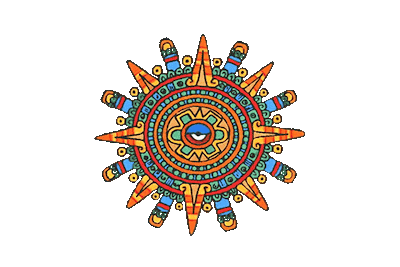The International Law of Colonialism: A Comparative Analysis
Robert J. Miller
Lewis & Clark Law School
Lewis & Clark Law Review, Forthcoming
Lewis & Clark Law School Legal Studies Research Paper No. 2011-23
Abstract:
The majority of the non-European world was colonized under an international law that is known as the Doctrine of Discovery. Under this legal principle, European countries claimed superior rights over Indigenous nations. When European explorers planted flags and crosses in the lands of native peoples, they were making legal claims of ownership and domination over the lands, assets, and peoples they had "discovered."
These claims were justified by racial, ethnocentric, and religious ideas of the alleged superiority of European Christians. This Article examines the application of Discovery by Spain, Portugal, and England in the settler societies of Australia, Brazil, Canada, Chile, New Zealand, and the United States.
The comparative law analysis used in this Article demonstrates that these three colonizing countries applied the elements of the Doctrine in nearly identical ways against Indigenous peoples. Furthermore, the six settler societies analyzed here continue to apply this law today to restrict the human, property, and sovereign rights of Indigenous nations and peoples.
This Article concludes that basic fairness and a restoration of the self-determination rights of Indigenous peoples mandates that these countries work to remove the vestiges of the Doctrine of Discovery from their modern day laws and policies.
Number of Pages in PDF File: 106
Accepted Paper Series
The majority of the non-European world was colonized under an international law that is known as the Doctrine of Discovery. Under this legal principle, European countries claimed superior rights over Indigenous nations. When European explorers planted flags and crosses in the lands of native peoples, they were making legal claims of ownership and domination over the lands, assets, and peoples they had "discovered."
These claims were justified by racial, ethnocentric, and religious ideas of the alleged superiority of European Christians. This Article examines the application of Discovery by Spain, Portugal, and England in the settler societies of Australia, Brazil, Canada, Chile, New Zealand, and the United States.
The comparative law analysis used in this Article demonstrates that these three colonizing countries applied the elements of the Doctrine in nearly identical ways against Indigenous peoples. Furthermore, the six settler societies analyzed here continue to apply this law today to restrict the human, property, and sovereign rights of Indigenous nations and peoples.
This Article concludes that basic fairness and a restoration of the self-determination rights of Indigenous peoples mandates that these countries work to remove the vestiges of the Doctrine of Discovery from their modern day laws and policies.
Number of Pages in PDF File: 106
Accepted Paper Series







